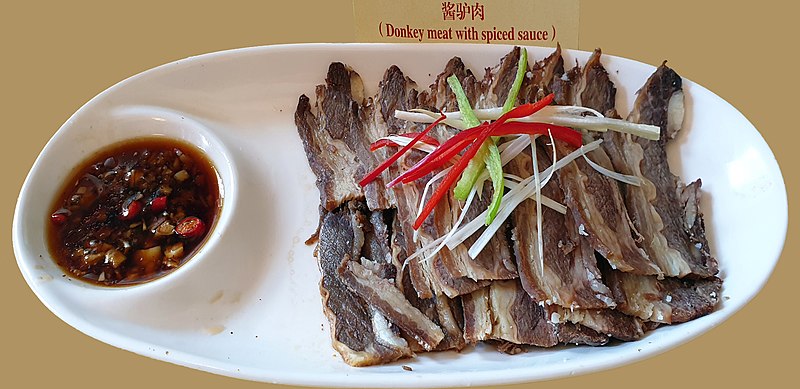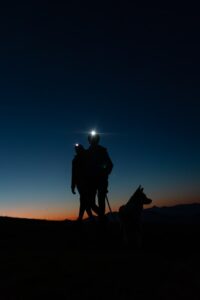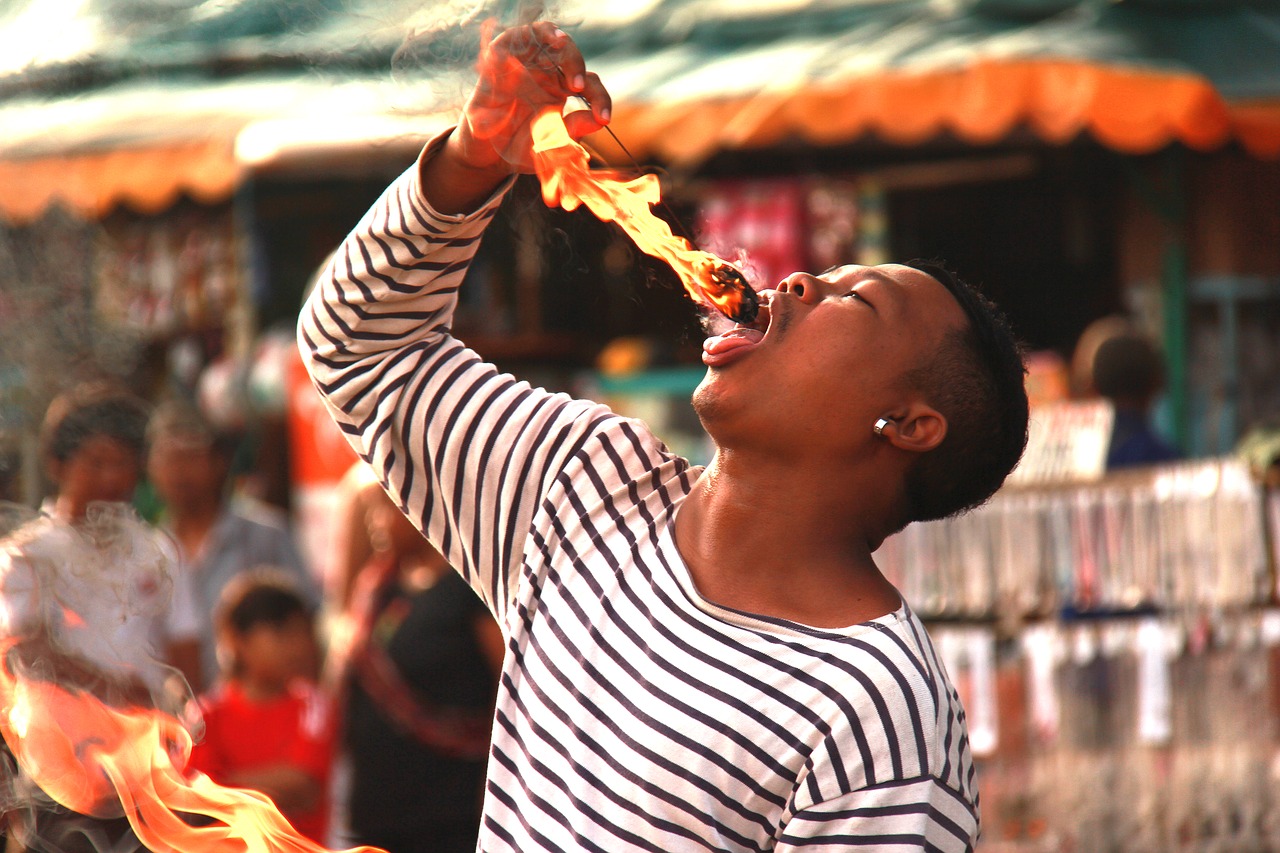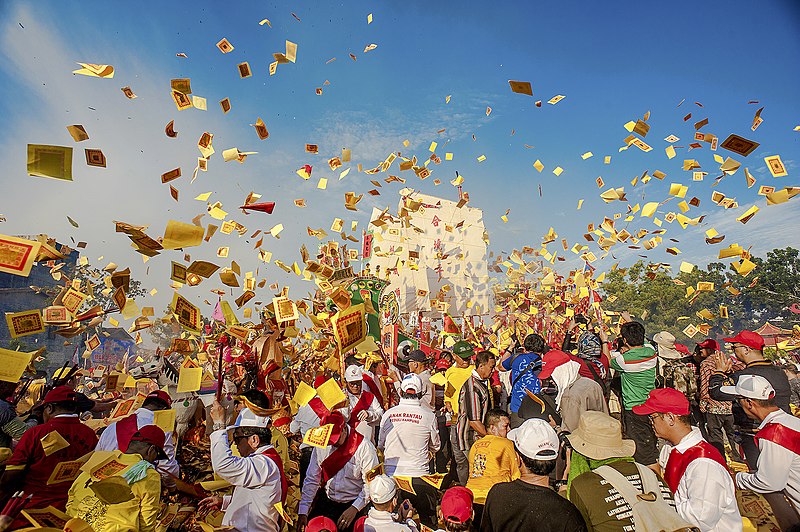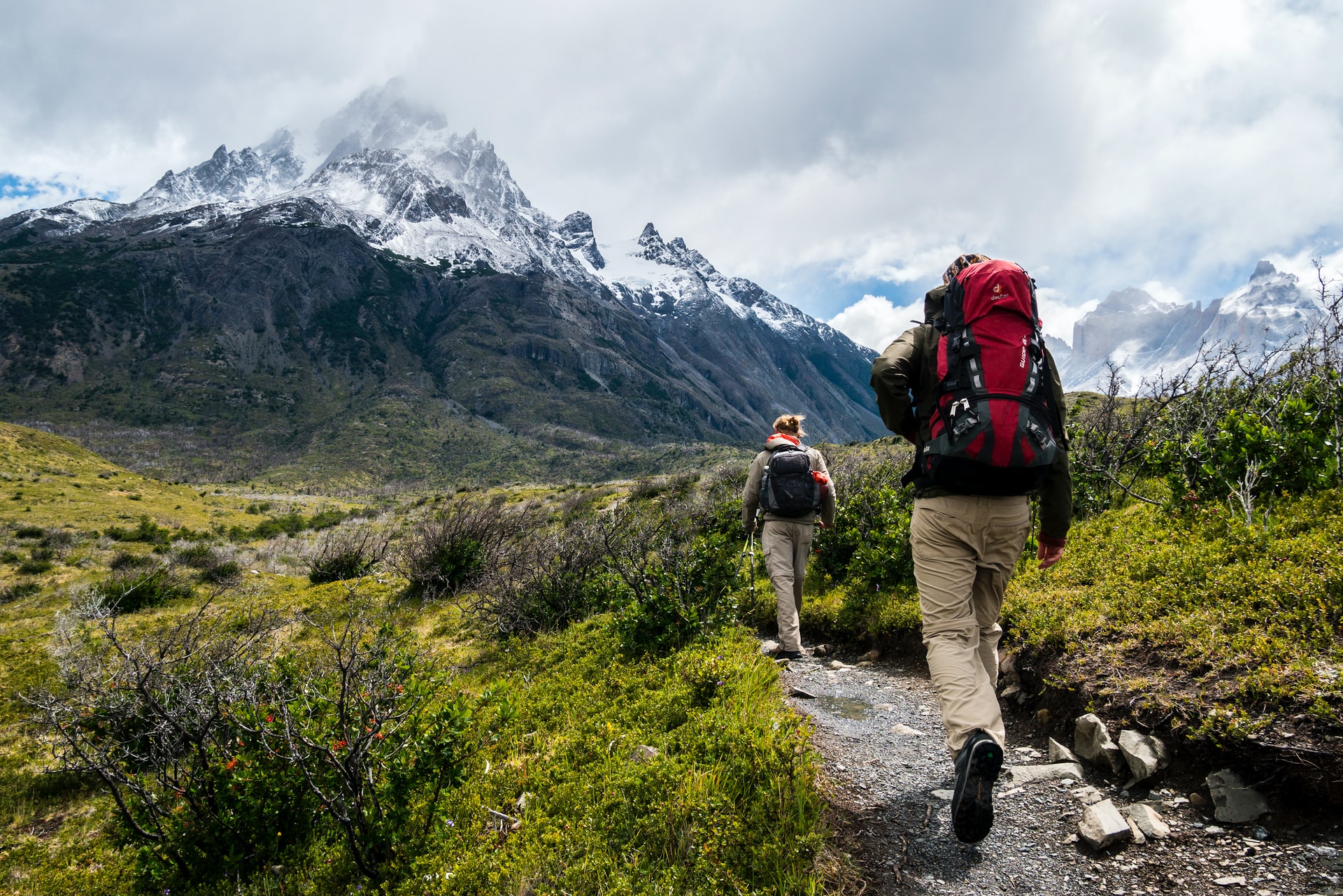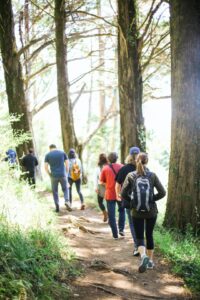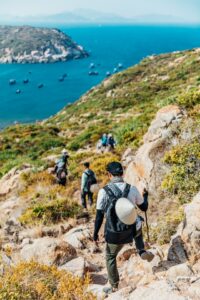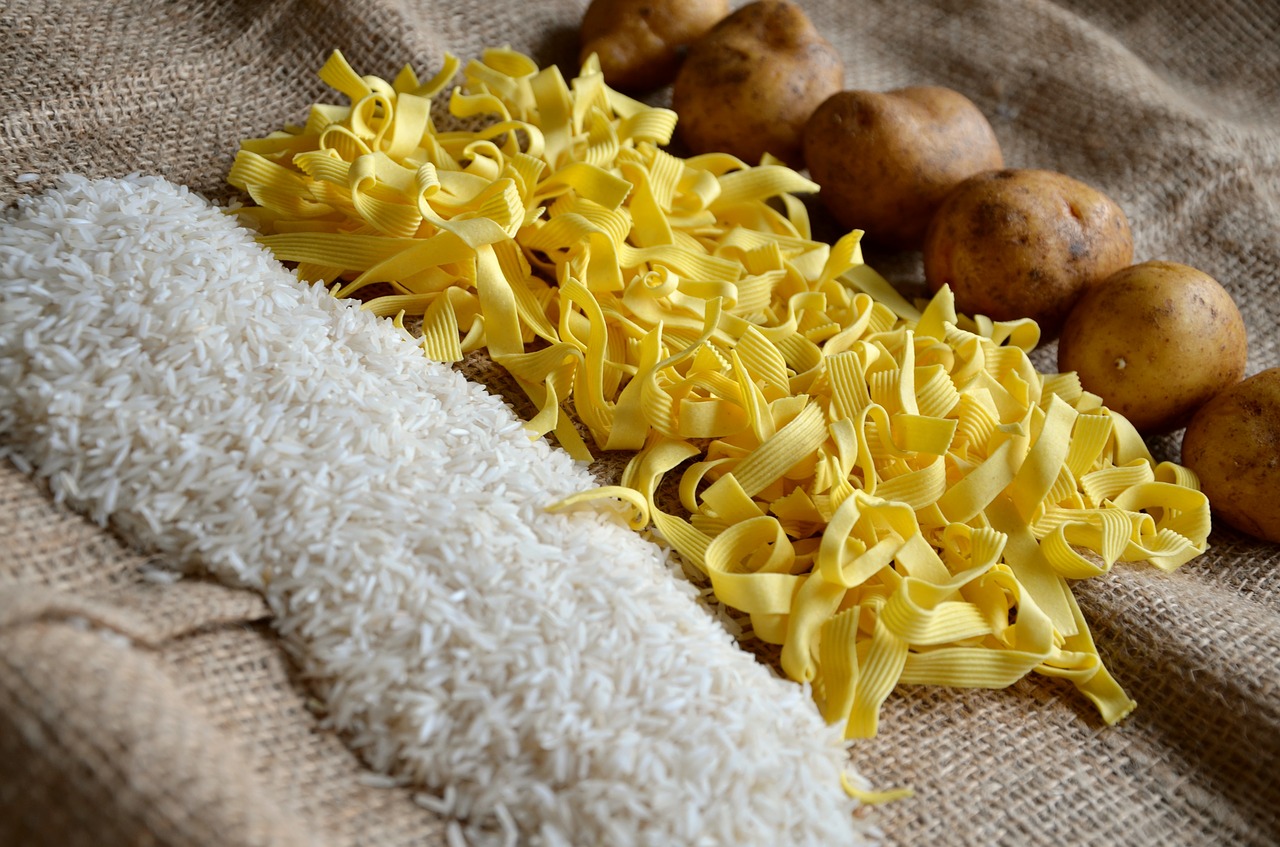The Timeless Thrill: Horse Racing
Horse racing has been deeply ingrained in the fabric of British culture for centuries, captivating the hearts and minds of millions. From the thundering hooves on the track to the adrenaline-fuelled atmosphere at the racecourse, this sport has evolved into much more than a mere pastime; it’s a cherished tradition that unites generations and communities across the nation.
A Rich History
Rooted in history, horse racing in Britain traces back to the time of the Romans. Initially a sport for the elite, it gradually became more accessible to the public, evolving into the beloved spectacle it is today. Iconic events such as the Grand National and the Royal Ascot have become synonymous with British heritage, attracting crowds from all walks of life. People are already preparing for the races by looking up the best Royal Ascot Betting Offers, and booking their seats!
Tradition and Prestige
The allure of horse racing lies not only in the excitement of the races themselves but also in the timeless traditions that accompany them. From donning elegant attire at prestigious events to partaking in the customary rituals of placing bets, each aspect adds to the grandeur and prestige of the sport.
The Thrill of the Race
At the heart of horse racing is the exhilarating rush of watching majestic thoroughbreds thunder down the track, neck and neck, striving for victory. The electrifying atmosphere as the crowd erupts in cheers, urging their chosen steeds towards the finish line, is an experience like no other. Whether it’s the adrenaline-pumping sprint of flat racing or the strategic manoeuvres of steeplechase, every race offers its own unique blend of excitement and anticipation.
Uniting Communities
Beyond the thrill of competition, horse racing serves as a unifying force, bringing together people from diverse backgrounds to share in a common passion. Whether it’s a local meet or a major event, the camaraderie among racegoers fosters a sense of belonging and community spirit that transcends societal divides.
A Platform for Excellence
For jockeys, trainers, and breeders, horse racing provides a platform to showcase their skill, dedication, and expertise. The pursuit of excellence drives competitors to push the boundaries of performance, resulting in moments of triumph and glory that are etched into the annals of sporting history.
Economic Impact
Beyond its cultural significance, horse racing plays a pivotal role in the British economy, generating billions in revenue and providing employment opportunities across various sectors. From hospitality and tourism to agriculture and breeding, the ripple effects of the racing industry are felt far and wide, contributing to the nation’s prosperity.
Embracing Change
As times change, so too does the landscape of horse racing. Technological advancements, changing demographics, and evolving attitudes towards animal welfare have prompted the industry to adapt and innovate. From the introduction of all-weather tracks to initiatives promoting sustainability and welfare standards, stakeholders are committed to ensuring the longevity and integrity of the sport.
Conclusion
The legacy of horse racing in Britain remains as vibrant and enduring as ever. With each passing year, new chapters are written, and new champions crowned, yet the timeless spirit of the sport endures. Whether you’re a seasoned enthusiast or a newcomer to the world of racing, there’s no denying the enduring appeal of Britain’s favourite pastime.
In conclusion, horse racing transcends mere sport; it’s a tapestry of tradition, excitement, and camaraderie that weaves its way into the very fabric of British culture. As we celebrate its rich history and look ahead to the adventures that lie ahead, one thing remains certain: the thrill of the track will continue to captivate hearts and minds for generations to come.






